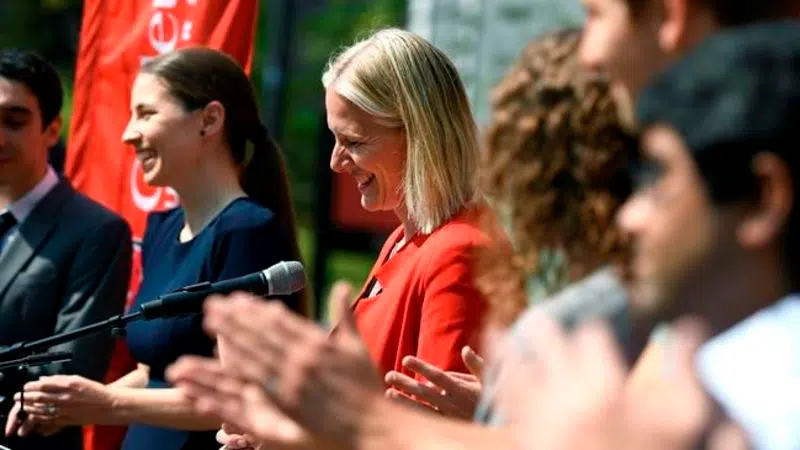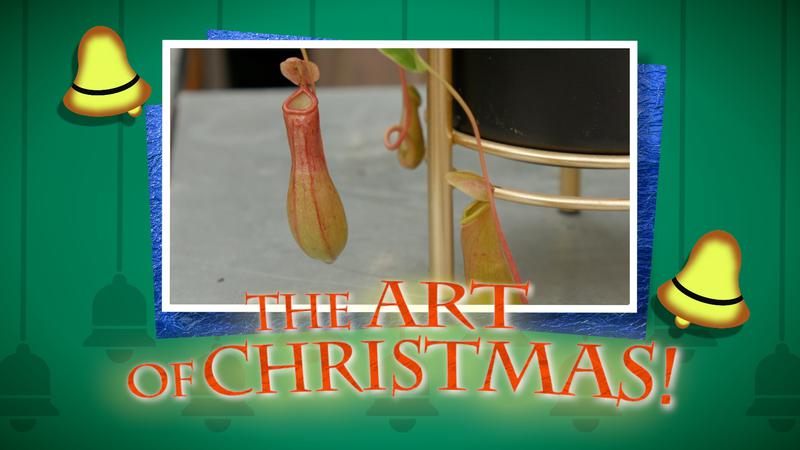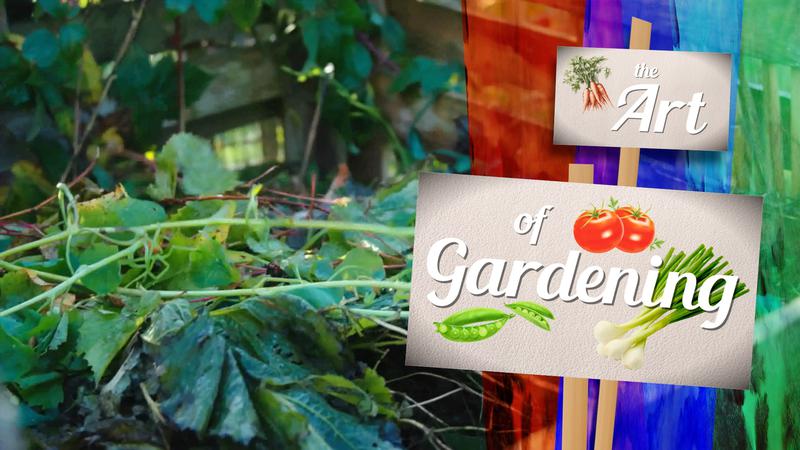
Deadline coming: Scientists tell environment minister to speed up conservation
Some of North America’s top conservation scientists have written to the federal government urging it to speed up land protection in Canada.
The 32 scientists from 23 universities and other organizations say Ottawa is not on pace to meet the 2020 conservation targets it promised in an international agreement. The letter, addressed to federal Environment Minister Catherine McKenna, also warns the government not to include in its totals land that’s protected by provincial regulations or informal agreements instead of actual legislation.
“The natural world is telling us through all the indicators that we need to speed up the rate of protection if we’re going to have any chance of slowing and stopping this decline,” said Jeff Wells of the Audubon Society, who signed the letter and speaks for his colleagues.
Canada has promised to conserve 17 per cent of its lands and water by 2020 under the Convention on Biological Diversity, an international treaty ratified by all UN members except the U.S. Just months before the deadline, Canada stands at 11.2 per cent.


